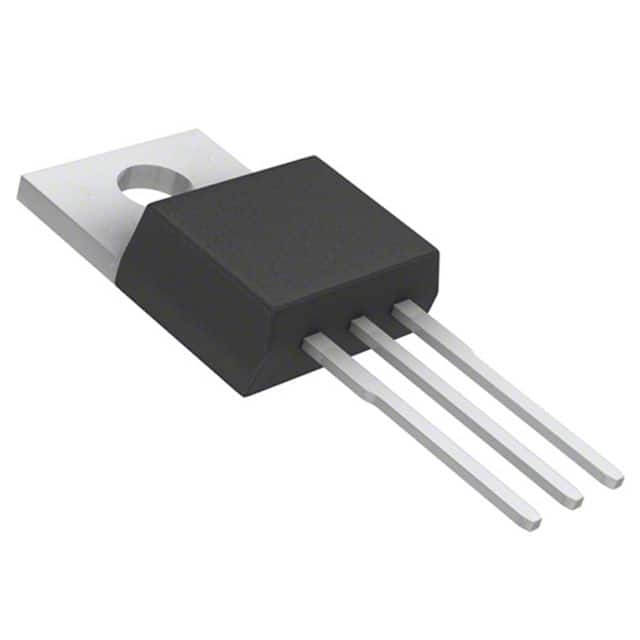BDW94 Transistor: Encyclopedia Entry
Introduction
The BDW94 transistor is a crucial component in electronic circuits, belonging to the category of power transistors. This entry provides an overview of the BDW94 transistor, including its basic information, specifications, pin configuration, functional features, advantages and disadvantages, working principles, application field plans, and alternative models.
Basic Information Overview
- Category: Power Transistor
- Use: Amplification and switching of electrical signals in power applications
- Characteristics: High voltage and current capability, low saturation voltage
- Package: TO-220
- Essence: Power amplification and switching
- Packaging/Quantity: Typically sold in packs of 10 or more
Specifications
- Maximum Collector-Emitter Voltage (VCEO): 100V
- Maximum Collector Current (IC): 12A
- Power Dissipation (Pd): 90W
- DC Current Gain (hFE): 15 - 70
- Transition Frequency (ft): 2 MHz
Detailed Pin Configuration
The BDW94 transistor has a standard TO-220 package with three pins: 1. Base (B): Input terminal for controlling the flow of current 2. Collector (C): Terminal connected to the positive supply voltage 3. Emitter (E): Terminal connected to the ground or return path for the load
Functional Features
- High voltage and current capability
- Low saturation voltage
- Fast switching speed
- Good thermal stability
Advantages and Disadvantages
Advantages
- Suitable for high-power applications
- Low saturation voltage reduces power loss
- Fast switching speed enables efficient operation
Disadvantages
- Relatively low DC current gain compared to other transistors
- Limited frequency response for high-speed applications
Working Principles
The BDW94 operates based on the principles of bipolar junction transistors (BJTs). When a small current flows into the base terminal, it controls a larger current flowing between the collector and emitter terminals. This allows the transistor to amplify or switch electrical signals in power applications.
Detailed Application Field Plans
The BDW94 transistor finds extensive use in various power applications, including: - Audio amplifiers - Power supplies - Motor control circuits - Voltage regulators - Inverters and converters
Detailed and Complete Alternative Models
- BDW93
- BDW95
- TIP35C
- TIP36C
- 2N3055
In summary, the BDW94 transistor is a versatile power transistor with high voltage and current capabilities, making it suitable for a wide range of power applications. Its unique characteristics, functional features, and application field plans position it as a key component in electronic circuits.
Word Count: 386
قم بإدراج 10 أسئلة وإجابات شائعة تتعلق بتطبيق BDW94 في الحلول التقنية
What is BDW94?
- BDW94 is a high power NPN silicon epitaxial-base transistor designed for use in general-purpose amplifier and switching applications.
What are the typical applications of BDW94?
- BDW94 is commonly used in audio amplifiers, power supply circuits, industrial control systems, and motor control applications.
What is the maximum collector current rating of BDW94?
- The maximum collector current rating of BDW94 is 12A.
What is the maximum collector-emitter voltage rating of BDW94?
- The maximum collector-emitter voltage rating of BDW94 is 100V.
What is the power dissipation capability of BDW94?
- BDW94 has a power dissipation capability of 90W.
What are the key features of BDW94?
- BDW94 features high current capability, low saturation voltage, and high DC current gain.
Can BDW94 be used for high-frequency applications?
- No, BDW94 is not suitable for high-frequency applications due to its slower switching speed.
What are the recommended operating conditions for BDW94?
- The recommended operating conditions for BDW94 include a collector current of 6A, a collector-emitter voltage of 80V, and a base current of 1.2A.
Is BDW94 suitable for use in automotive electronics?
- Yes, BDW94 can be used in automotive electronics for applications such as motor control and power management.
Are there any specific thermal considerations for using BDW94 in technical solutions?
- It is important to ensure proper heat sinking for BDW94 to maintain safe operating temperatures and maximize its performance and reliability in technical solutions.


